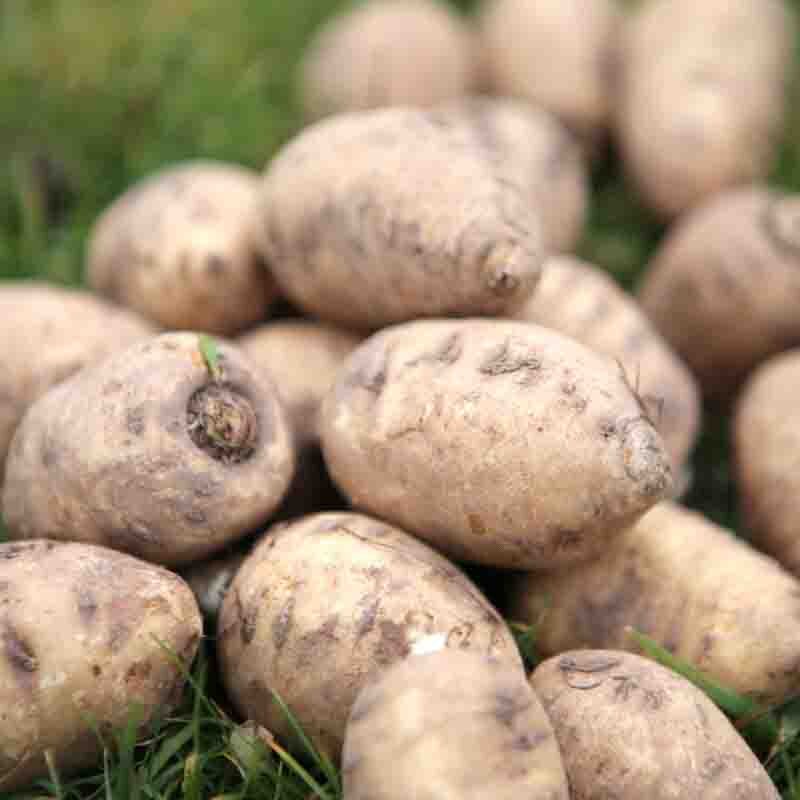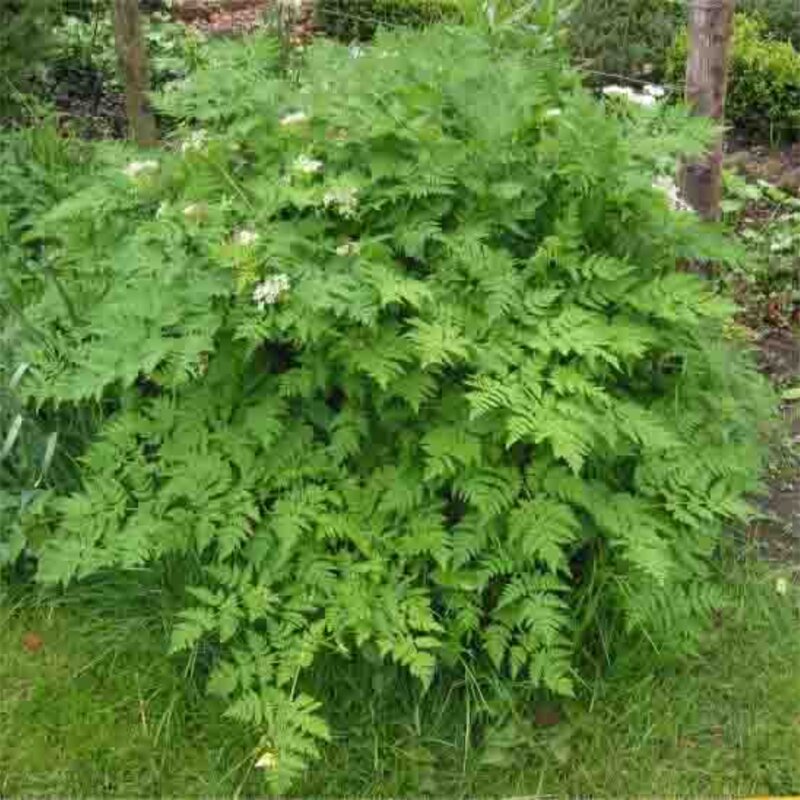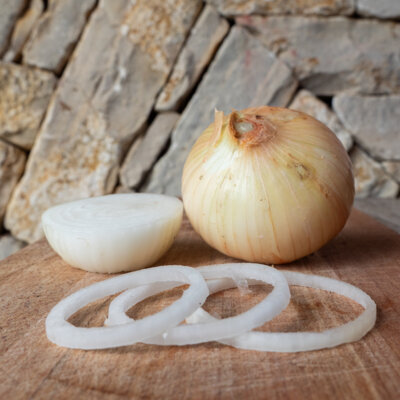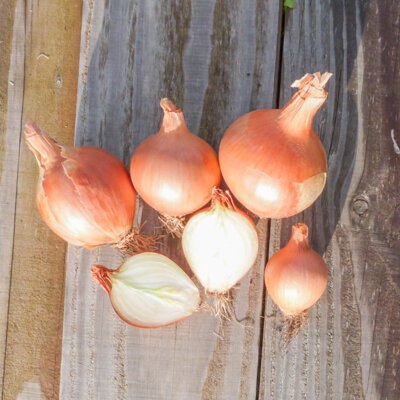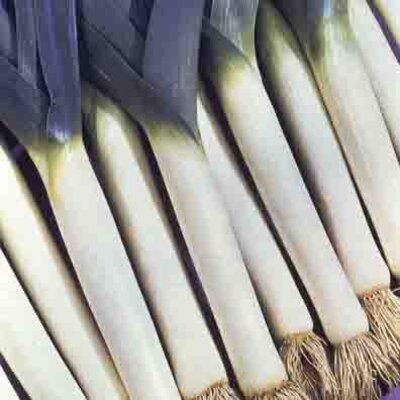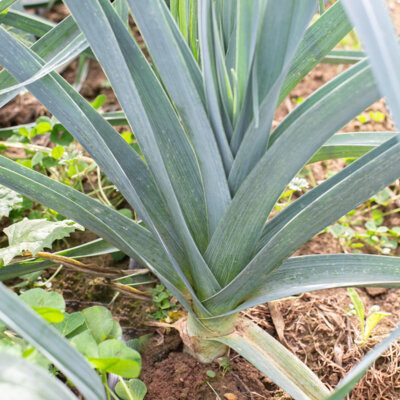Tuberous-rooted Chervil - Tuberous chervil
This species produces white roots resembling small, stubby carrots that can be eaten raw or cooked. They have a very fine flavor, reminiscent of chestnuts and potatoes.
The leaves are not edible.
What are the characteristics of tuberous chervil?
Tuberous chervil ( Chaerophyllum bulbosum) is an ancient variety of root vegetable native to Eastern Europe. Its shape is similar to that of a small carrot, while its slightly sweet taste is more reminiscent of chestnuts and potatoes. Its white, melting flesh can be eaten raw or cooked, pan-fried, mashed, in soup or stewed.
Caution: the leaves of this plant are toxic.
When to plant tuberous chervil?
Seed tuberous chervil in the ground, either in late autumn or early spring. This plant needs a cold spell of at least 6 weeks to break dormancy and germinate.
- November to December: sow lightly, directly in the garden, in rows 20 cm apart. Choose a cool spot with little shade. After seed emergence, thin to 10 cm along the row;
- February to March: before sowing in the garden, store seeds in the refrigerator for 6 weeks or place in a pot outdoors over winter.
Hoe and water regularly in dry weather to keep roots tender.
This root vegetable is a good companion plant for radishes, lettuce and carrots, as well as dill and coriander. It repels aphids, ants and slugs.
How to store tuberous chervil?
Harvest when leaves are fully yellow, from June to August. Roots should be firm and free of dark spots. To store, remove the tops, wipe dry and store in a cool, dark place, such as a cellar. Their flavor improves after 2 to 3 months' storage in sand. It is also possible to freeze them, but this method makes the chervil porous after a few months.
What recipes can be made with tuberous chervil?
Tuberous chervil is a low-calorie vegetable, rich in fiber and vitamins A, B and C.
In the kitchen, this root can be prepared in the same way as carrots or parsnips. It's best to wash it well, then peel it. Raw, it can be grated. Cooked, it can be simmered, roasted, pan-fried or steamed. Be careful not to overcook, or the flesh will become fibrous.
This vegetable can be incorporated into many recipes. It goes well with fish and meat, but also with other root vegetables such as onions, leeks and squash.
in the ground
Sow lightly, in autumn, directly in place, in rows 20 cm apart. After emergence, thin out to 10 cm along the row. You can also sow in place in spring, after storing the seeds in the fridge for 3 weeks, or after overwintering them outdoors in pots.
Hoe and water in dry weather to keep roots tender. Harvest when leaves are fully yellow, in summer or autumn. The flavor improves after 2 to 3 months' storage in sand.
February, March, November, December
July, August, September
in the ground
semi-shade, sunny
medium
potting soil, sandy, humus
fees, furniture, rich
Chaerophyllum bulbosum
mid-season
200 seeds
fine
White
From 30 to 40 cm
From 3 to 5 cm
cut
Eastern Europe



